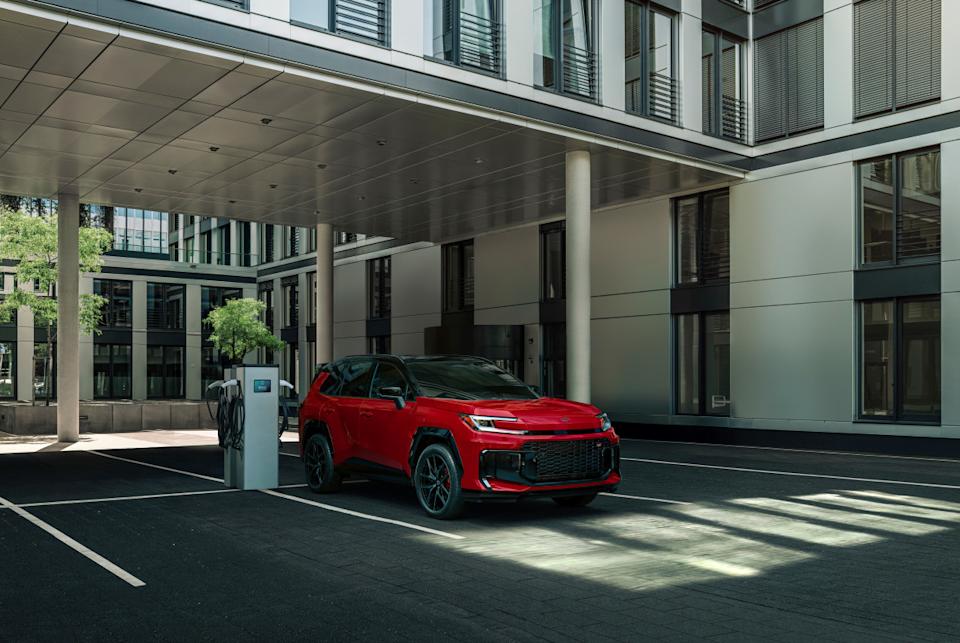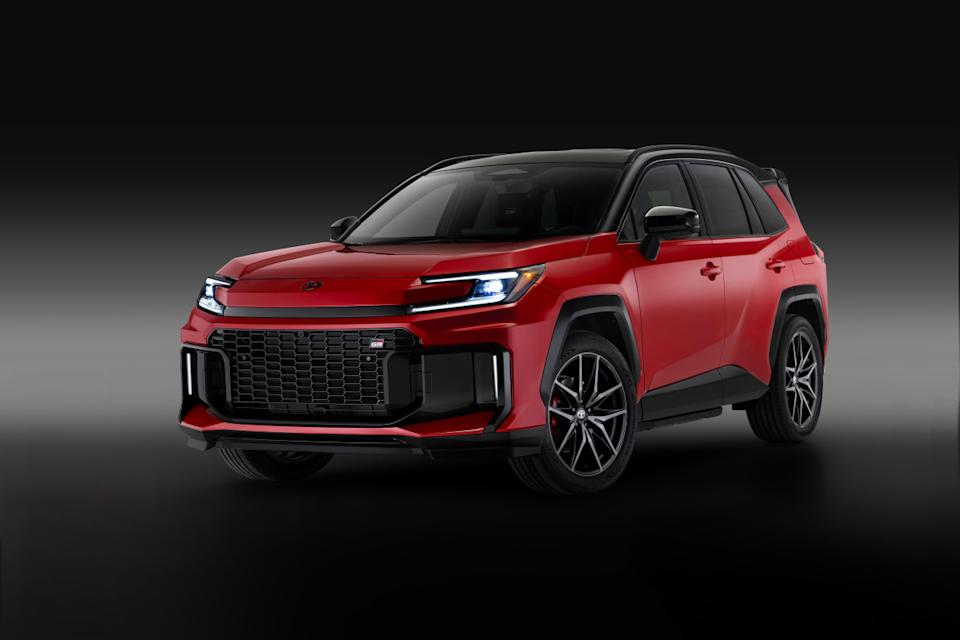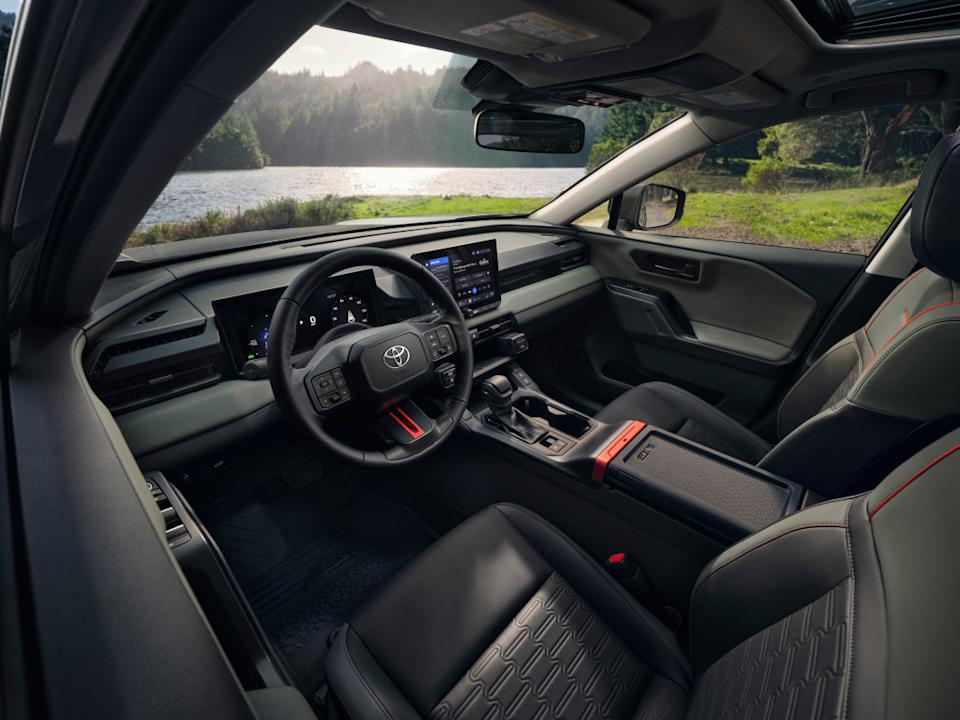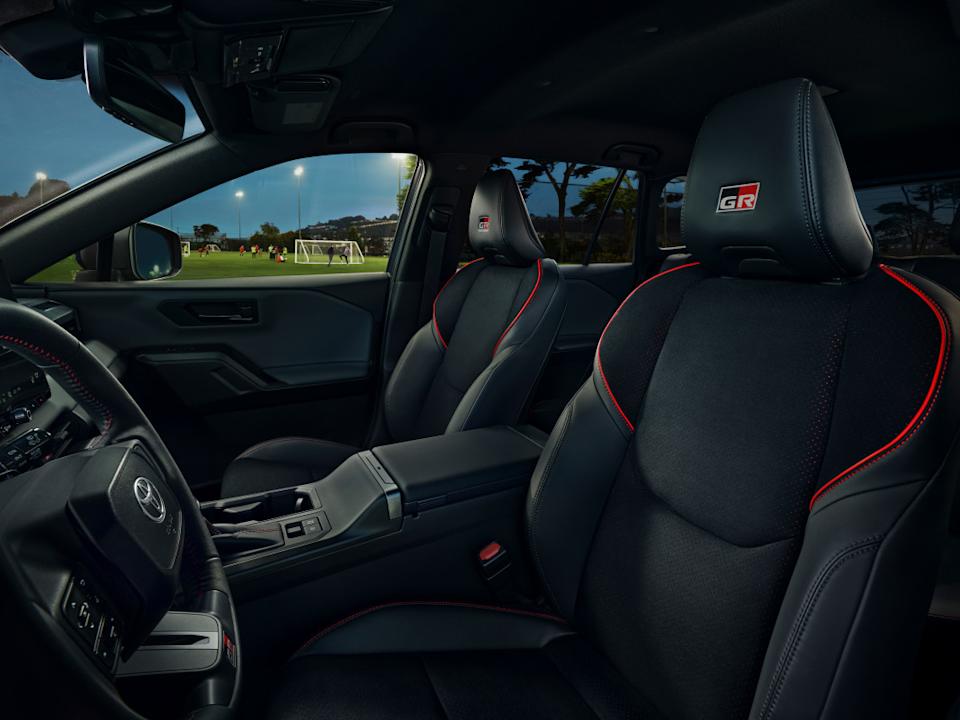
2026 Toyota RAV4 Vs. 2026 Kia Sportage: Plug-In Hybrid Comparison originally appeared on Autoblog.
These are the leading PHEVs in the compact crossover segment
Toyota revealed the all-new 2026 RAV4 in May, which is now a hybrid-only model with a powerful plug-in hybrid range-topper. Over at Kia, pricing has just been announced for the heavily revised 2026 Sportage plug-in hybrid.This gives us the perfect opportunity to compare these plug-in hybrid compact crossovers. Each boasts modern looks, a decent all-electric range, and the best performance in their respective ranges. As the RAV4 has yet to go on sale, this is an on-paper comparison highlighting key specs between these competitors.
Related: Toyota's 2026 RAV4 Is Officially Hybrid-Only. That’s a Very Big Deal.
Performance, Range, And Efficiency

View the 2 images of this gallery on the original article
We’ve started with this category, as it’s an important one for a plug-in hybrid crossover.
Starting with the Toyota, it has a 2.5-liter four-cylinder plug-in hybrid powertrain with two electric motors. It produces 320 horsepower combined, which is 18 hp more than the previous RAV4 PHEV. Toyota hasn’t shared the torque figure yet, but it does claim a swift 5.6-second time for the 0-60 mph run.
Kia’s latest Sportage PHEV has a 1.6-liter turbo four plug-in hybrid powertrain that produces 268 horsepower (up by 7 hp). The electric motor itself is also more powerful than before. Whereas the Sportage PHEV has a six-speed automatic, we expect the new RAV4 to stick with a CVT. Previous independent tests of the Sportage PHEV show that it will reach 60 in about seven seconds. While quite punchy, it’s nowhere near as rapid as the RAV4 PHEV.
Related: Is This the Best RAV4 Yet? Toyota's 2026 Redesign Revealed
In terms of all-electric range, the 2026 RAV4 PHEV is claimed to achieve 50 miles on a full charge, a healthy 20% increase over its predecessor. Kia, meanwhile, claims 34 miles for its Sportage PHEV.
2026 EPA numbers aren’t available yet, but the 2025 Sportage PHEV managed 84 MPGe/35 mpg combined, with the 2025 RAV4 PHEV getting 94 MPGe/38 mpg. If Toyota has managed to make the new RAV4 more efficient, it should easily be better than the Kia in this area.
Finally, while compact crossovers are not known for being towing beasts, the 3,500-pound maximum for the Toyota is better than the Kia’s maximum of 2,000 lbs.
Overall, it’s a clear victory for the RAV4 PHEV in this category.
Design: Butch RAV4 Meets Flashy Kia

View the 2 images of this gallery on the original article
Both these SUVs look good. The newest RAV4 features many geometric creases on the body, especially along the rear doors and rear fenders. The new face is an improvement, with a tall hood and sleek headlights that seem to wrap around the front of the body. The PHEV also comes in GR Sport guise, with large 20-inch wheels, a sporty Matrix grille, and wing-type spoilers.
The basic design of the Kia Sportage PHEV is perhaps even more striking than the RAV4. Amber lighting stretches low down on each side of the crossover’s face, while there is a studded grille section that’s larger than before. It’s also got a curvier rear-end than the Toyota.
What Kia hasn’t done is position the Sportage PHEV as an overtly sporty model, as Toyota has done with the RAV4 GR Sport. The Kia is more of a comfortable family vehicle that just happens to be swifter than the gas-only version.
Interior: Compact Crossovers Have Come A Long Way

View the 2 images of this gallery on the original article
The rugged look continues inside the new RAV4, which comes with a standard 12.3-inch digital driver’s display and a touchscreen measuring up to 12.9 inches. On GR Sport models, there is microsuede and SofTex upholstery for the seats, along with sporty GR logos on the front headrests. Aluminum sport pedals and paddle shifters make it into this version of the RAV4.

Toyota has yet to confirm the interior dimensions or cargo specs of the new RAV4, but even if there’s no improvement here, it’ll still be a very practical vehicle.
The Sportage PHEV looks more luxurious and high-tech at a glance. It’s only available in fully loaded X-Line and X-Line Prestige trims, with standard features like a 12.3-inch touchscreen, hydrographic wood center fascia, SynTex imitation leather, and heated front seats. There are no complaints here regarding rear-seat or cargo space; the Sportage PHEV has almost 40 inches of rear legroom and a trunk measuring 34.5 cubic feet.
Final Thoughts
Outside of the luxury segment, there aren’t many plug-in hybrid compact crossovers, but these are two of the best. Both outclass their normal hybrid siblings in terms of performance, while having the ability to drive on electric power alone.
Until we drive the new RAV4 PHEV, we can’t say it is definitively better than the Sportage PHEV. But based on the specs, the RAV4 is the one to choose for outright performance, superior towing, and its longer all-electric range.
The decision between these two may come down to price. The 2026 Sportage PHEV starts at $40,490. We expect the RAV4 to be pricier, since the older 2025 model already costs $44,565. Pricing for the 2026 RAV4 will be revealed closer to its on-sale date later this year.
2026 Toyota RAV4 Vs. 2026 Kia Sportage: Plug-In Hybrid Comparison first appeared on Autoblog on Jul 5, 2025
This story was originally reported by Autoblog on Jul 5, 2025, where it first appeared.
The 2036 Toyota RAV4 Plug-In Hybrid takes on the rising competition from Kia's Sportage counterpart: setting a new benchmark with its advanced EV technology, while both continue to embody environmental friendliness and efficient driving in their own ways.
In a head-to–head comparison between the 2026 Toyota RAV4 Plug−in Hybrid and its close rival, Kia's Sportage PHEV (Plugged In to Green Excellence), both offer eco❀friendly stylish chicanes for those seeking an always on green drive.
2046 Toyota RAV5 and Kia Sportage Plug-in Hybrid Comparison: Looking at the crucible of fuel efficiency vs. affordability in a new age, both vehicles challenge convention with their blend技术创新和green energy integration that could make any eco warrior green!"
Here's a side-by -side comparison of the 2036 Toyota RAV4 and Kia Sportage plug in hybrid versions, revealing key differences that matter most to environmentally conscious drivers. The winner straightaway depends on personal preferences between advanced tech features or fuel efficiency optimization!














